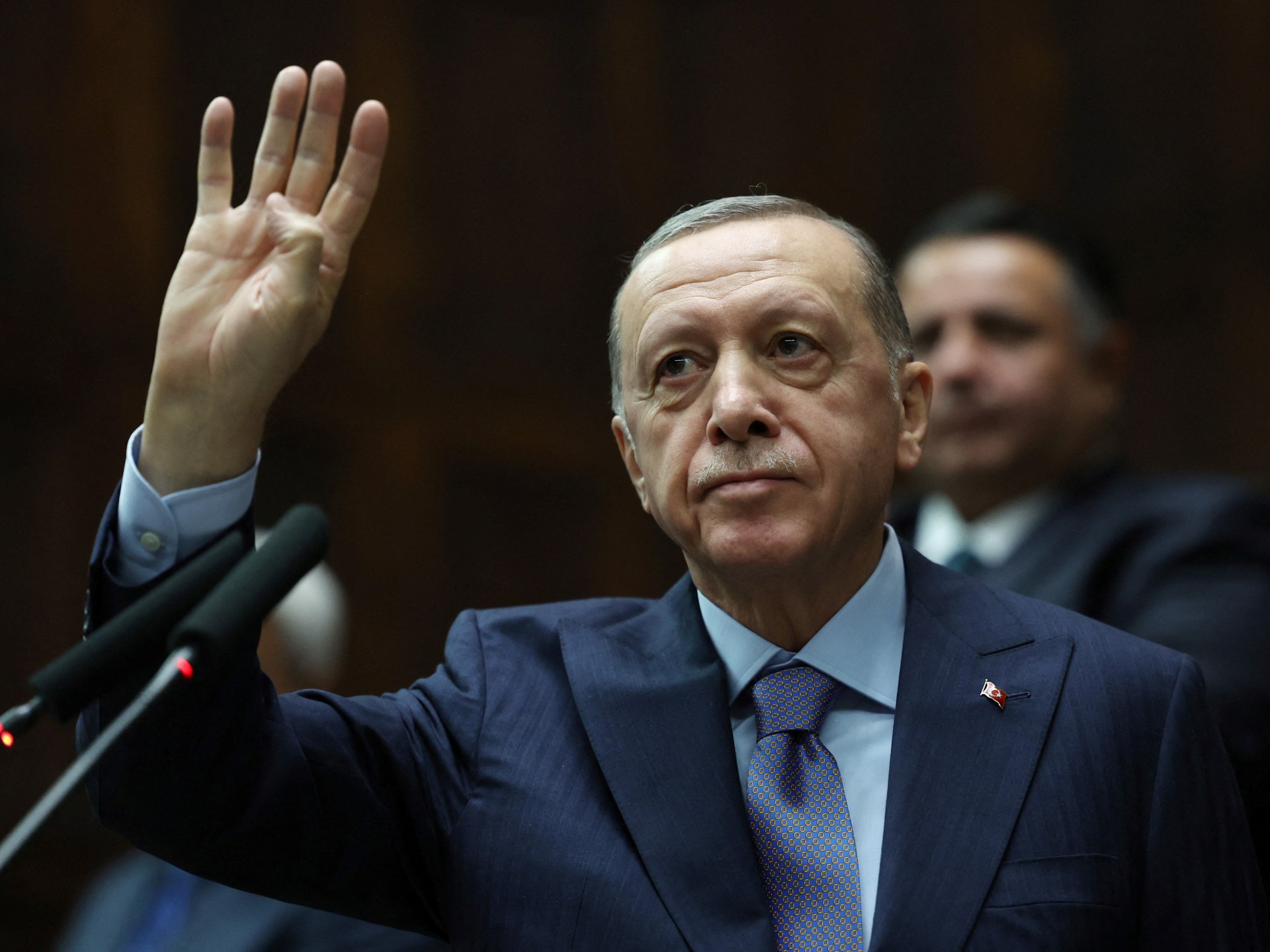
GRINDAVIK, Iceland (AP) — A volcano has erupted in southwest Iceland, sending a flash of light into the evening sky and spewing half-molten rock into the air, a spectacular display of earth power in the country known for fire and ice.
Monday evening’s eruption appears to have occurred about four kilometers (2½ miles) from the town of Grindavik, the Icelandic Meteorological Office said. The town near Iceland’s main airport was evacuated in November after strong seismic activity damaged homes and raised fears of an impending eruption.
Iceland, which sits above a volcanic hotspot in the North Atlantic, experiences an eruption every four to five years on average. The most devastating recent eruption was the eruption of the Eyjafjallajökull volcano in 2010, which sent huge clouds of ash into the atmosphere and led to widespread airspace closures over Europe.
However, the eruption on the Reykjanes Peninsula, about 50 kilometers (31 miles) southwest of the capital Reykjavik, was not expected to release large amounts of ash into the air. Iceland’s Foreign Minister Bjarne Benediktsson tweeted that there were no disruptions to flights to and from the country and international air corridors remained open.
Icelandic broadcaster RUV showed a live broadcast of the outbreak on its website. Christmas carols played in the background.
The evacuation of Grindavik in November meant that few people were near the eruption site at the time of the eruption, and authorities have warned others to stay away. The nearby Blue Lagoon geothermal spa – one of Iceland’s biggest tourist attractions – was also temporarily closed this month as a series of earthquakes put the island nation on alert for a possible volcanic eruption.
So far, the city and its vital power plant are safe.
“I think it’s very difficult to say anything when nature is involved, but as it looks like it’s getting closer this morning, we seem to have been quite happy with the location and development (of the eruption). , and we hope that this continues.” “Sigurdur Ingi Johannsson, the Minister of Infrastructure, told RUV.
Still, residents of the evacuated fishing community of 3,400 had mixed emotions as they watched the orange flames touch the dark sky. A month after the evacuation, many are still living in makeshift shelters and do not expect to ever return to their homes.
“The affected town could end up under the lava,” said Ael Kermarec, a French tour guide based in Iceland. “It’s amazing to see, but there’s kind of a bittersweet feeling right now.”
Magnus Tumi Gudmundsson, a scientist who flew over the site on Tuesday morning aboard a Coast Guard research flight, told RUV that he estimated that twice as much lava had already been spewed as in the entire month-long eruption on the peninsula this summer.
Gudmundsson said the intensity of the eruption was expected to continue to decrease, but scientists had no idea how long it might last.
“It could be over in a week, or it could take much longer,” he said.
Matthew Watson, professor of volcanoes and climate at the University of Bristol, said tourists should strictly follow the advice as significant hazards such as new eruptions can quickly put people at risk.
“As is typical with this type of eruption, it began with a sustained burst of ballistic energy that expanded over time into a curtain of fire – a long fissure from which lava is violently ejected,” he said. “This type of eruption is among the most spectacular ever and will have a strong appeal to tourists even after the Blue Lagoon complex is closed again.”
The spectacular natural phenomenon is already difficult for people to resist.
“It’s just something out of a movie!” said Robert Donald Forrester III, a tourist from the United States.
___
David Keyton reported from Stockholm.






Recent Comments